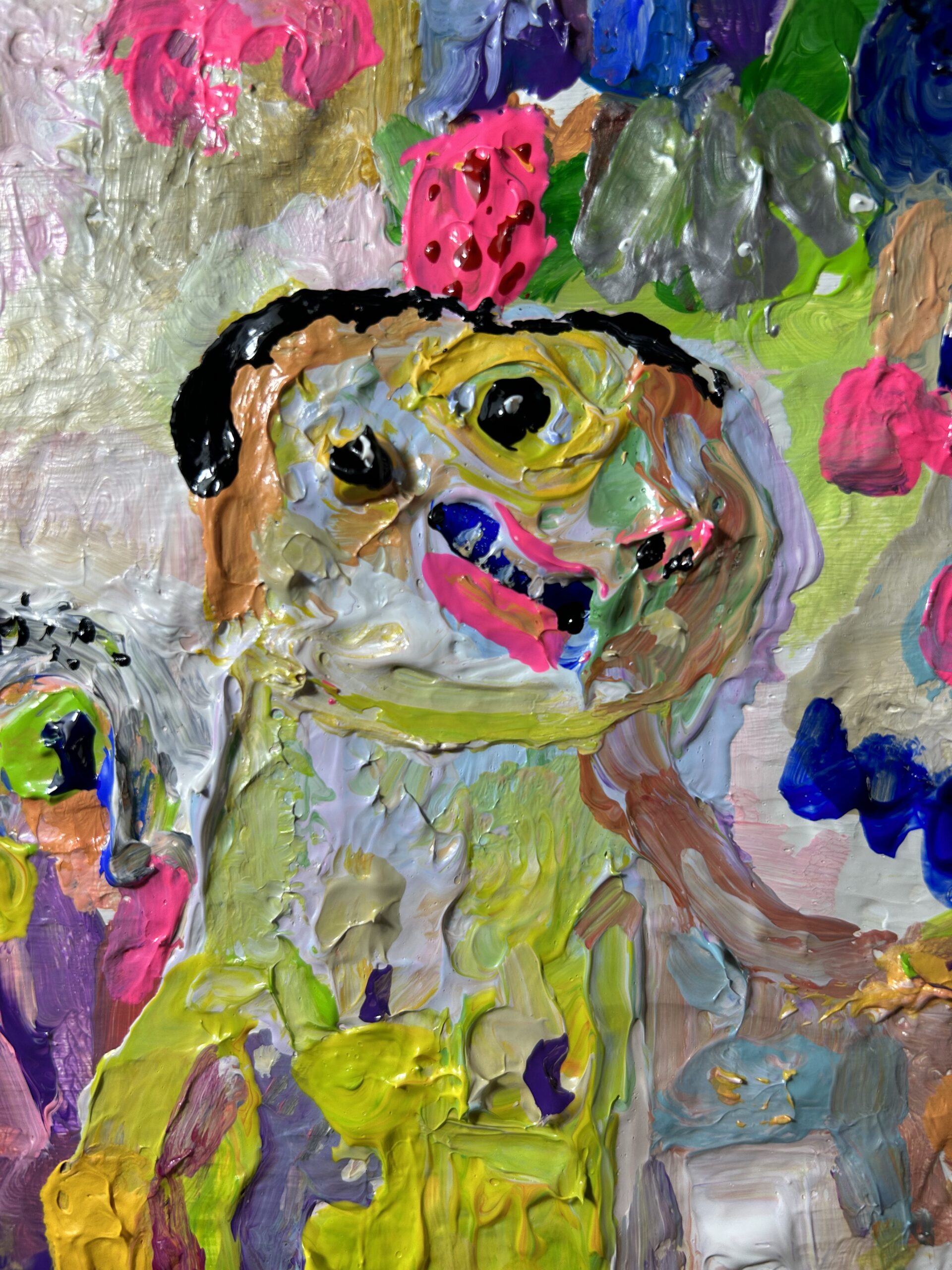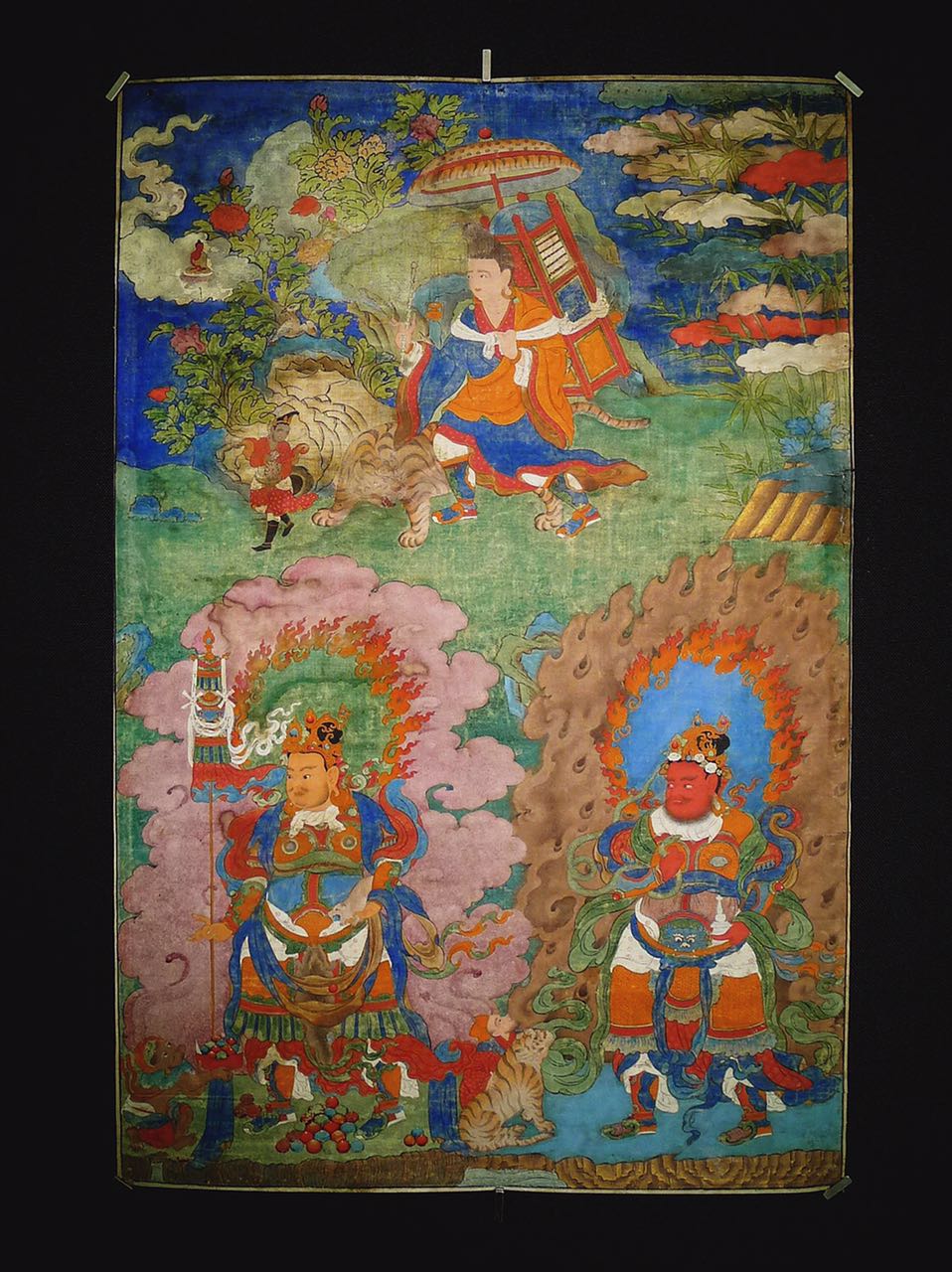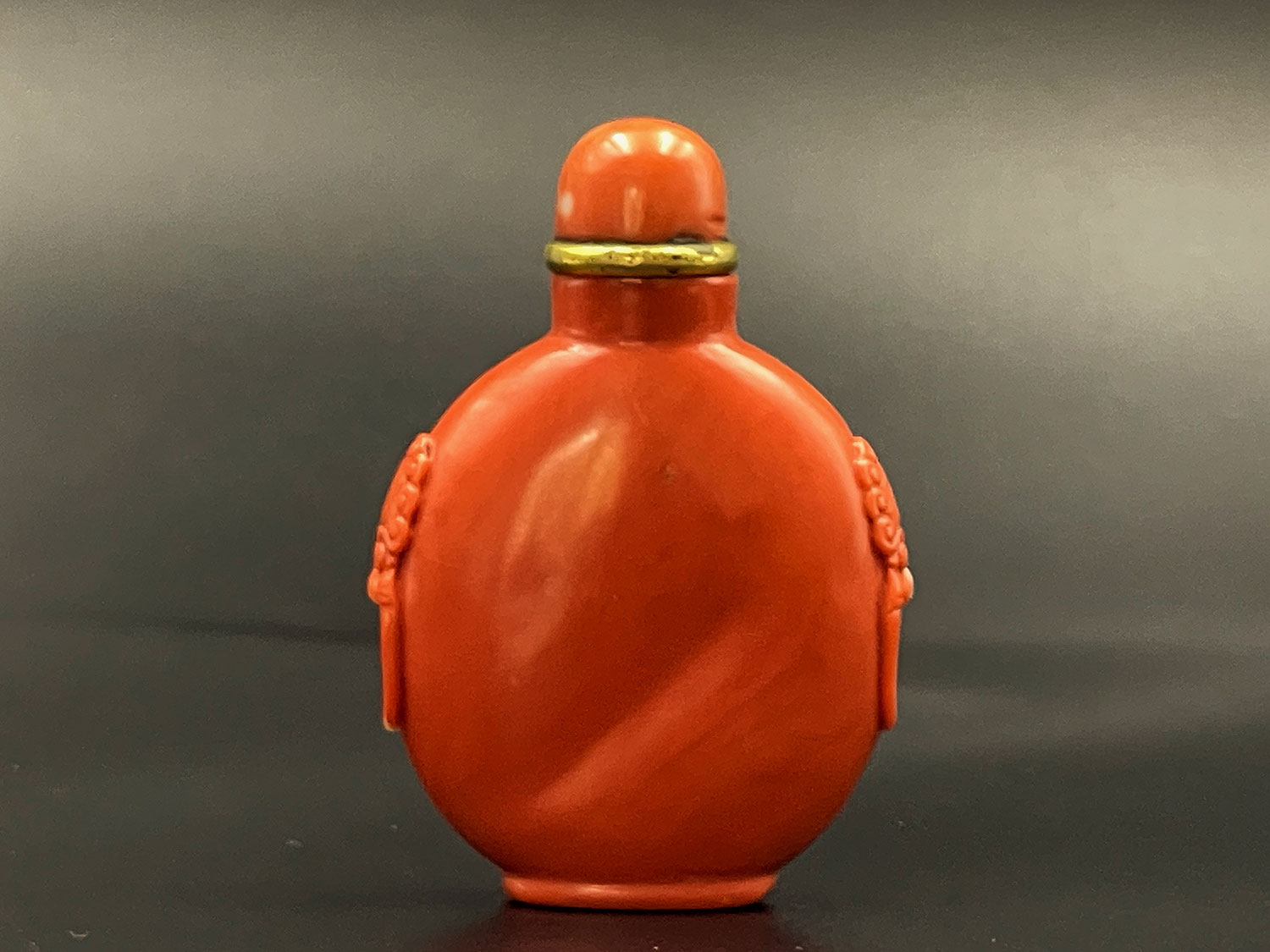Himalayan Art: Rich and Colorful Cultural Heritage and Spiritual Allegories
Himalayan art is a vibrant and diverse field that encompasses various art forms from the Himalayan region and its surrounding areas, including Nepal, Tibet, Bhutan, and northern India. The themes of these art forms often revolve around Buddhist and Hindu mythology, and the expressive mediums include sculpture, painting, and decorative arts.
The earliest forms of Himalayan art can be traced back to around 1500 BCE, initially focused on ritual objects and decorative arts. Over time, these art forms evolved into more intricate and symbolic forms, including sculpture and murals. A notable characteristic of Himalayan art is its rich colors and intricate details, whether seen in temple murals or home decorations.
Himalayan art is closely intertwined with the religious beliefs of the region. Buddhist and Hindu mythological stories often serve as inspiration for artists who aim to convey the moral and spiritual allegories through their artwork. For example, the goddess Tara is a common figure in Himalayan art, symbolizing compassion and protection. She is typically depicted as a female figure holding a lotus flower with a gentle smile.
In summary, Himalayan art is a vivid, colorful, and spiritually rich form of art that reflects the culture, history, and spiritual life of the Himalayan region. By studying and appreciating Himalayan art, we can gain a better understanding and appreciation for the people and their lives in this unique region.







